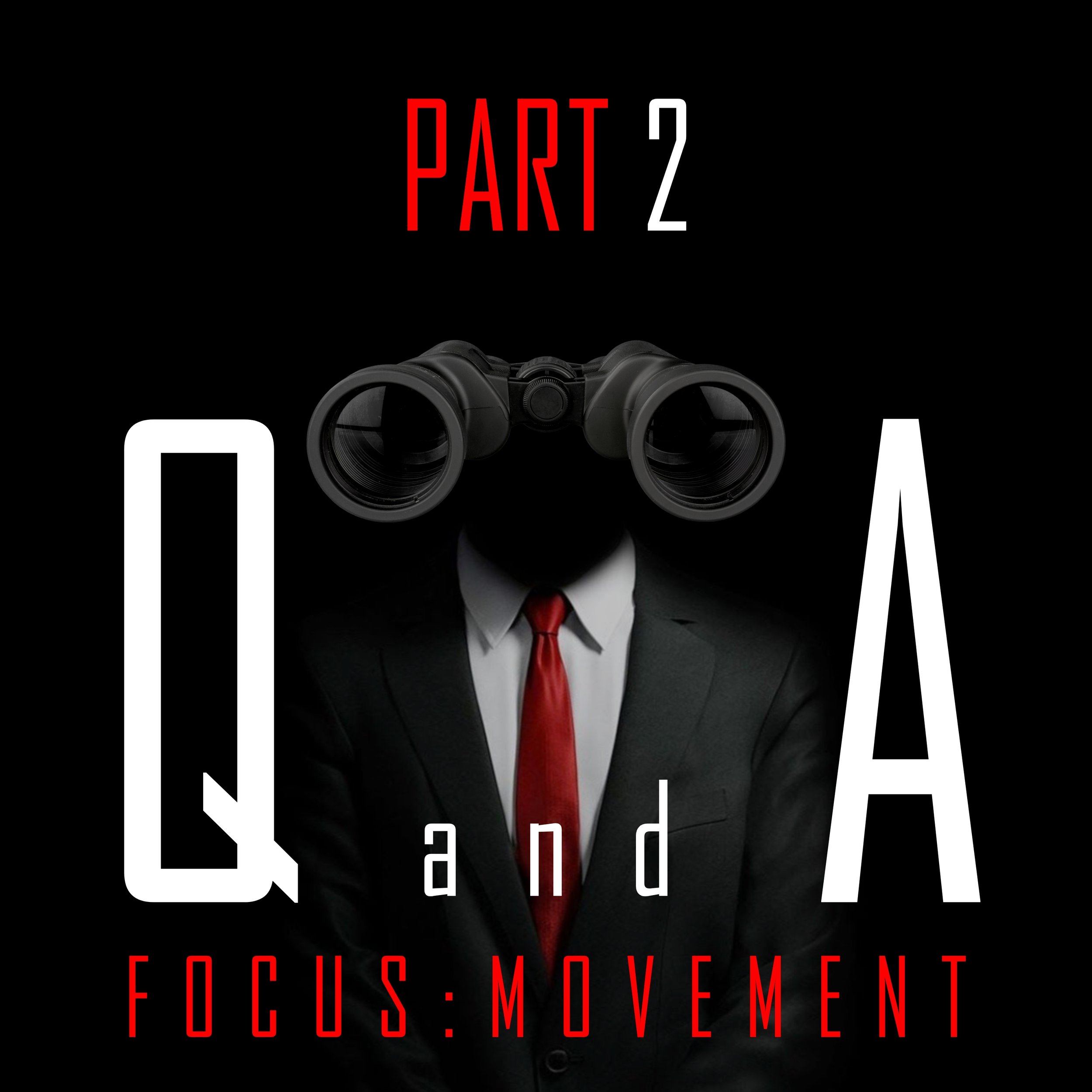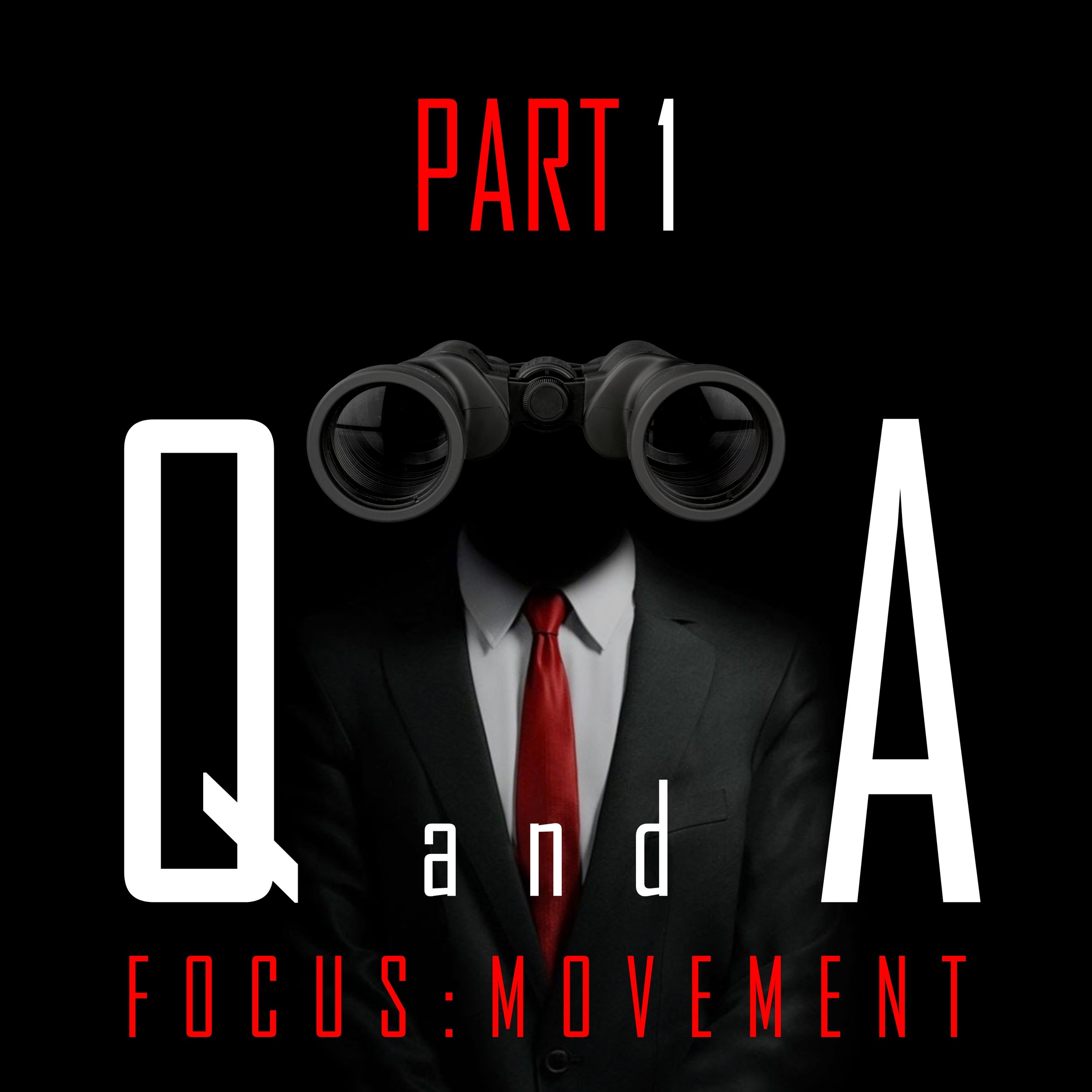The High/Low Approach, Part IV: Falling Into The Middle
The High/Low Approach to training for climbing sounds incredibly simple. If you feel strong, and it's been at least 48 hours since your last "high" day, then do another. If you don't feel strong, or it hasn't been that long, do a "low" day. The problem is that it's much more challenging than first meets the eye, particularly when you are training for something as complex and hard to measure as rock climbing.
Too Much High.
As you've hopefully already learned, training isn't about trashing yourself so badly that you can barely walk out of the gym on your own power. Quite the opposite actually. I've talked about this ad nauseum, but I'll say it again, and then I'll add to it.
When you're training for strength or power, you must quit while you're ahead. Don't dig a hole.

Ok, now that I've gotten that out of the way, let's move on. There is an extra challenge that presents itself here. Not only shouldn't you dig a hole for yourself, but you should quit when your power levels dip low enough to keep you from doing moves at 95% of your maximum. As if the rock climbing world doesn't have enough trouble trying to attach numbers to its routes and boulders, now we have to monitor an even more ambiguous number. What exactly is 95% of your maximum? We don't have weights and times to measure by, so frankly, who the hell knows?
Here's how I go about deciding when to stop, and ensuring that I don't fall into the middle:
As this type of very high intensity training is largely targeting your central nervous system, I watch mostly for coordination. The moment my coordination feels off (yes, you still have to go by feel), I stop. If I'm fumbling a move, airballing a deadpoint, or missing a foothold, I know that I'm WAY past gone. Be a student of your own movement, and when it deteriorates, call it quits. I usually last less than an hour at this, and that's with plenty of rest between attempts.
Let's say you overextend yourself and neglect to end your session until you're at about 75%. You "feel" like you've gone harder, which must be even higher intensity, right? You rest your 48 hours, and begin your next high session at only 90% recovered, which means you never actually get to train at high intensity, even though you try, which leads to an even deeper hole. And then a deeper one. And then a deeper one.
Middle intensity workouts breed more middle intensity workouts. Avoid them.
Not High Enough.
It is certainly true that to reach high intensity levels you have to "go hard". The major problem encountered with this thought process is that most of us take "go hard" to mean something entirely wrong. "Go hard", in this case, does NOT mean:
Throw yourself relentlessly at a problem over and over until your skin is wasted and your elbows are wrecked.
Do as many hard problems as you can complete in a short session, leaving you weeping as you pack up.
Constantly fling yourself from one big hold to another, doing the largest spans known to mankind.
Do 35 moves on the smallest crimps that you can use continuously for 15 minutes, splitting six fingertips in the process.
Hang for 60 seconds on the monos on your hangboard, while simultaneously doing leg raises.
Campusing up, down, up, down, up, and down on jugs while wearing a weight vest.
As odd as it may seem, this isn't reaching high intensity. All of the above examples fall squarely into the middle intensity zone. High intensity training looks more like:
1-3 move sequences on holds that are difficult for you to use.
Short sequences or single moves that are body position and core intensive, requiring maximum full body effort to complete.
Short, heavy hangs on bad holds.
Brief, explosive movements on the campus board, lasting no more than a few seconds.
An easy way to gauge it all is that if you feel at all tired muscularly, but can still complete the exercise you've been doing, then it is far too middle to be called high intensity.
Not Low Enough.
Low days are an important part of the High/Low Approach. If they weren't, it would just be called the High Approach. In practice, low days might be even more difficult to gauge than their higher counterparts.
Let's say that you've gone into the gym for a simple technique training session. You're working on heel hooks, which you've always had a hard time using if it wasn't a huge, perfectly cupped jug that seems made for your heel. The session starts out perfectly, on big holds, really feeling the weight transfer that happens when you pull on progressively more difficult heel hooks. Then comes the danger. You start trying heel hook moves that you can't do. You're no longer weighting the heel, but excessively pulling with your arms. It's ceased to be about the movement, and now it's all about sticking the next move.
You've gone too far.

In scenario #2, that familiar enemy, the ego, rears it's ugly head. You're in for a volume session on easy problems. You've kept a nice rhythm for the last hour, doing loads of moderate problems while moving in a relaxed manner. You decide to add in a harder problem that you've got dialed. Then another. Then another. You're on a roll now, so the problems get progressively more difficult. Pretty soon you're falling off of moderate problems that you warmed up on.
You've gone too far.
You should feel warm, rejuvenated, or lubricated so to speak, after a low session. Learn to keep it there. Low days are as much about active recovery as they are about training, and you can't recover if you keep digging that hole.













Part three from Nate: training in December and January, how I spent my time in Hueco to keep preparing myself for sport climbing, and what I’m doing from here.